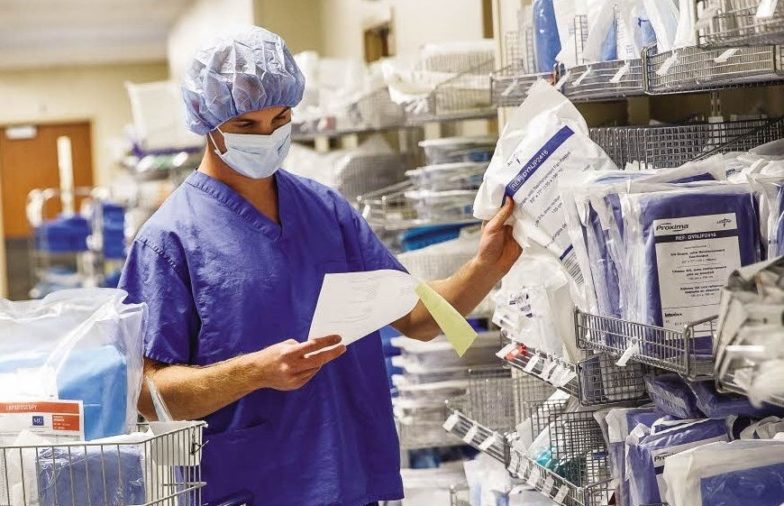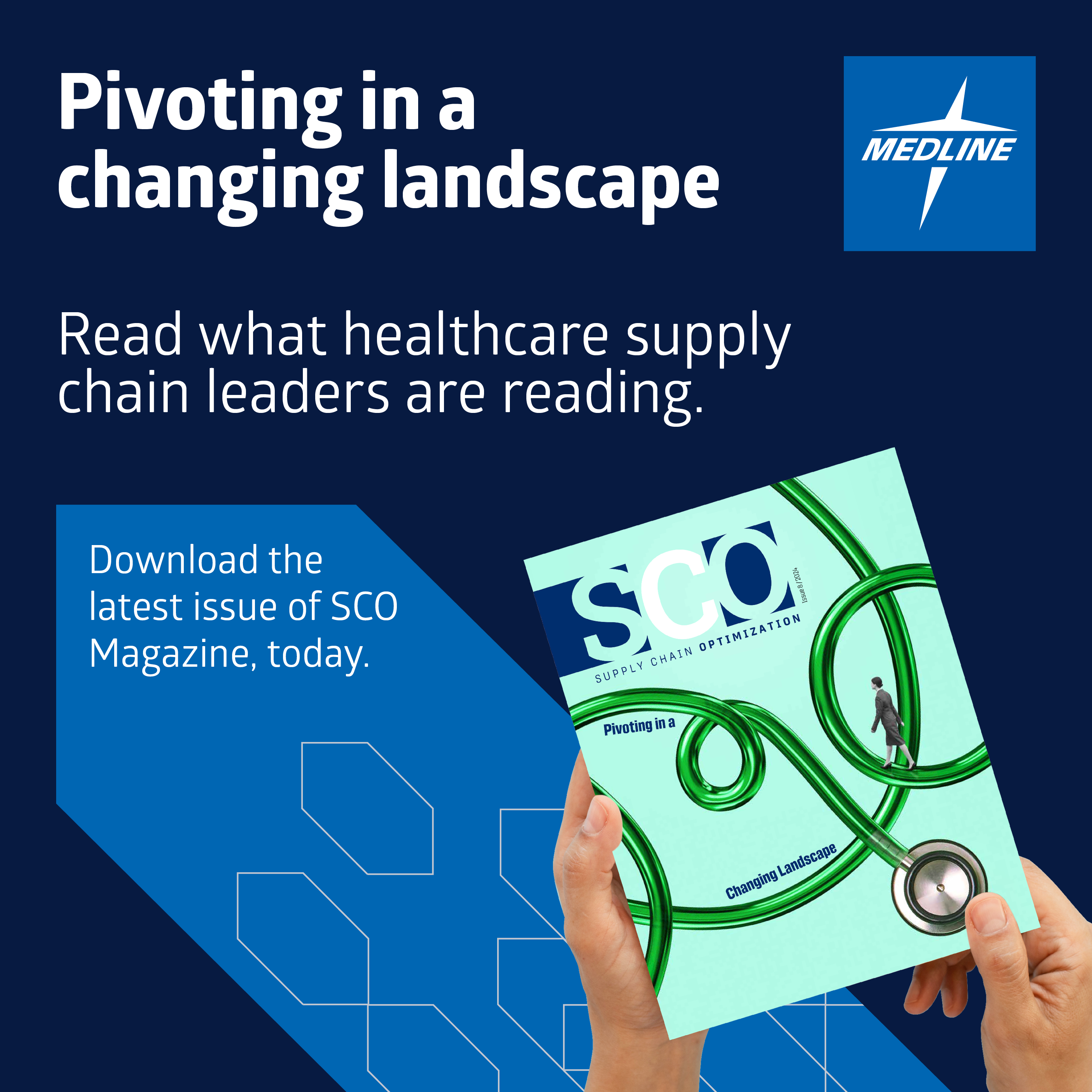Optimizing surgical supply lists in the operating room

PrefConnect co-founder discusses the cost and time benefits of digital preference card review and updates
By Medline Newsroom Staff | August 9, 2021
Preference cards are a surgeons’ personalized “recipe”; a critical checklist of operating room (OR) supplies for a particular procedure. According to research, these cards are not always reviewed or updated regularly, and as a result, only 61% of supplies on a typical preference card are actually utilized during surgery.
Medline’s cloud-based technology partner, PrefConnect, utilizes a proprietary algorithm to continually track, update and make recommendations for surgeon preference cards to ensure accurate and complete supply checklists. The result is reduced waste, human error and unnecessary time spent obtaining and returning supplies.
As Medline recently finalized several new customer contracts for the digital preference card review system, representing more than 50 hospitals across the U.S., the Medline Newsroom spoke with Luis Romero, co-founder of PrefConnect.
Newsroom: How does healthcare waste occur in the operating room?
Luis Romero: A preference card is a doctor’s recipe for success. There’s an emotional connection there, and surgeons want a complete, accurate supply list for each procedure. And yet we know that an estimated 40% of supplies picked for surgical procedures are not utilized; a cost that can really add up in terms of unused supplies, as well as time spent leaving the OR to pick additional equipment and/or returning unused equipment following surgery.
Newsroom: Your background is in supply chain management. How does your experience help you to uniquely understand the needs of clinicians and hospital management in terms of optimizing surgical supply use?

Luis Romero
Luis Romero: I started out in hospital supply chain with HCA (Hospital Corporation of America) and later through the Baptist Health System in San Antonio. As a result, I know how important a preference card is for surgeons and efficiencies in the OR. For a long time the process was manual, native and time-consuming. Today, healthcare is more digital, with data being used to improve hospital efficiencies. This software bridges the gap between supply chain management and OR leadership, provides a platform for working through real recommendations, and ultimately, allows surgeons to spend more time with their patients.
Newsroom: How does PrefConnect work?
Luis Romero: Utilizing a proprietary algorithm, PrefConnect software analyzes the supplies utilized during surgery, as well as those not used. We’re continually reviewing what just took place: How did we use the resources available to us? Should we make changes? Should we have less or more supplies? PrefConnect then provides recommendations, including when items should be removed, increased or moved from open to hold. Once a surgeon or staff member reviews PrefConnect’s initial recommendations, and clicks to take action, the cloud-based software automatically updates the preference cards in the system and restarts the analysis to monitor the effects of the recommendations.
The dashboard also makes it easy to identify opportunities, monitor results and track savings in the OR. PrefConnect is also compatible with most electronic health record (EHR) systems.
Newsroom: How are hospitals benefitting from PrefConnect?
Luis Romero: PrefConnect currently manages more than 100,000 preference cards, with a supply value of more than $2 billion, and representing approximately 230,000 procedures. Our data, to date, is showing an average of nine supply items reduced per procedure, and a cost savings of $63 per card. It is not uncommon for a large hospital to have three to five thousand preference cards and perform well over 20,000 – 30,000 procedures annually. If multiplied by thousands of preference cards and procedures performed annually, the benefits of making even small reductions on a preference card are significant.
How is PrefConnect’s partnership with Medline helping hospitals to optimize their OR supply lists, and ultimately, to make healthcare run better?
Luis Romero: Medline has deep relationships with hospitals that go beyond transactional, offering their customers solutions that drive meaningful operational results. We are proud to be able to collaborate with Medline to help hospitals transform data into greater efficiencies in the OR.
Learn how Medline tailors solutions across the continuum of care.
Medline Newsroom Staff
Medline Newsroom Staff
Medline's newsroom staff researches and reports on the latest news and trends in healthcare.

